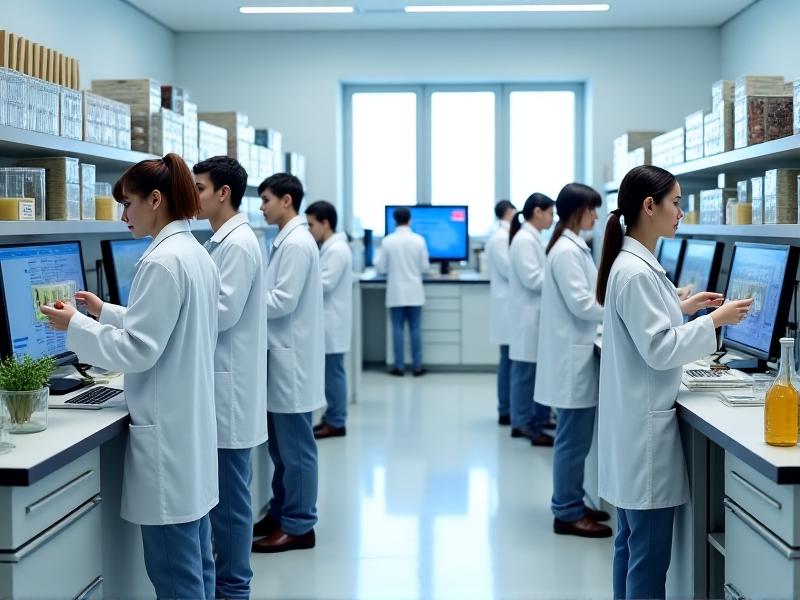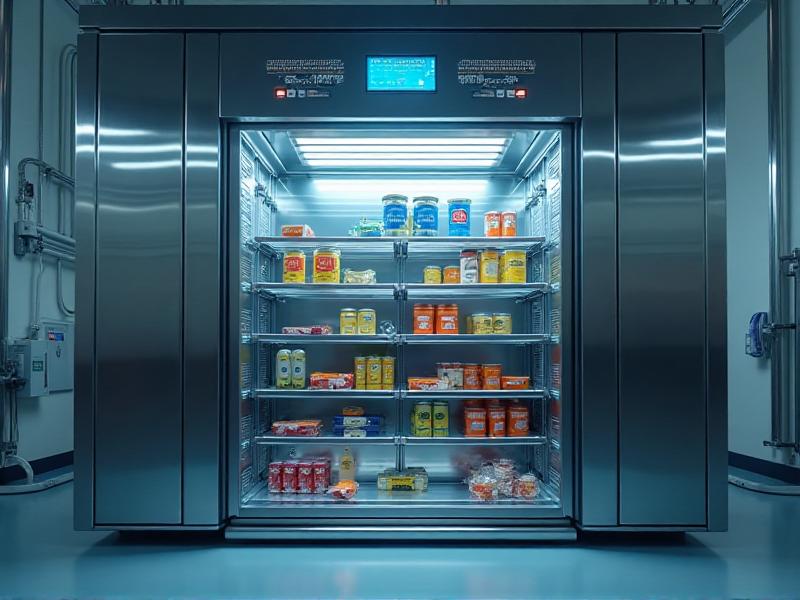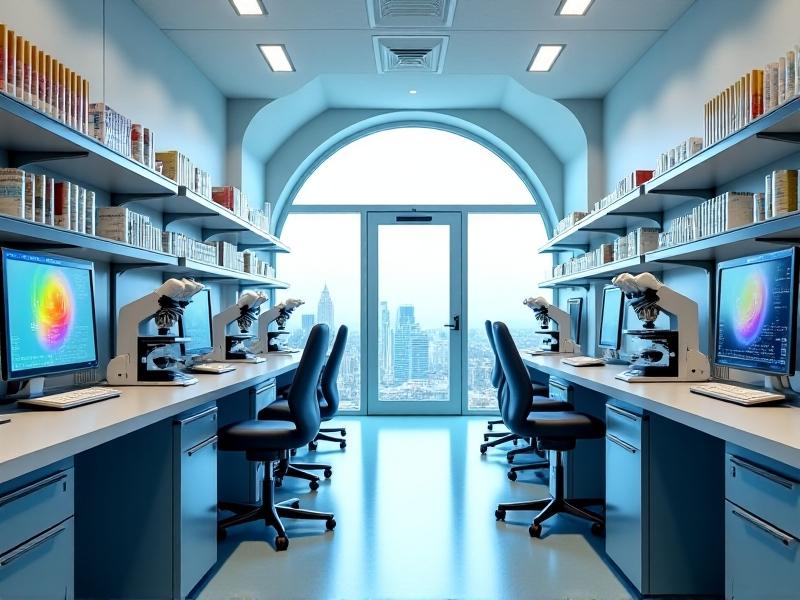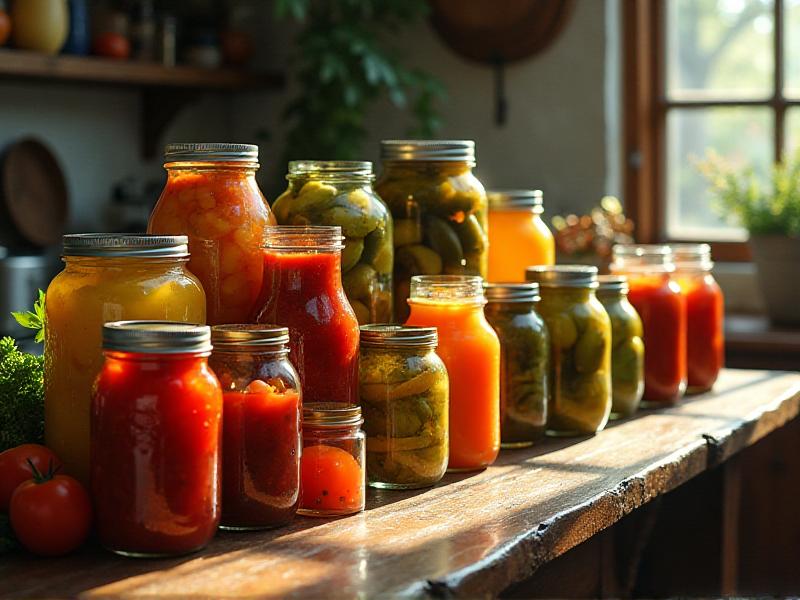Shelf-Life Testing Protocols
Understanding Shelf-Life Testing Protocols
Shelf-life testing protocols are essential for determining the longevity and safety of products, particularly in the food, pharmaceutical, and cosmetic industries. These protocols involve a series of scientifically designed tests to assess how long a product can maintain its quality, efficacy, and safety under specific storage conditions. The primary goal is to ensure that products remain fit for consumption or use until their expiration date, thereby protecting consumer health and maintaining brand reputation.
These protocols are not one-size-fits-all; they vary depending on the product type, its ingredients, and the environmental factors it may encounter. For instance, a perishable food item will have different testing requirements compared to a non-perishable cosmetic product. The testing process often includes evaluating physical, chemical, microbiological, and sensory changes over time. By understanding these protocols, manufacturers can make informed decisions about product formulation, packaging, and storage, ultimately reducing waste and enhancing consumer trust.

Key Factors Influencing Shelf Life
Several factors can influence the shelf life of a product, and understanding these is crucial for effective testing. Environmental conditions such as temperature, humidity, and light exposure play a significant role. For example, high temperatures can accelerate the degradation of active ingredients in pharmaceuticals, while humidity can promote microbial growth in food products. Packaging also plays a critical role; materials that offer better protection against oxygen, moisture, and contaminants can significantly extend shelf life.
Product formulation is another key factor. The presence of preservatives, antioxidants, and stabilizers can enhance longevity, while certain ingredients may be more prone to degradation. Additionally, the manufacturing process itself can impact shelf life; improper handling or storage during production can introduce contaminants or cause physical damage. By identifying and controlling these factors, manufacturers can optimize their products for longer shelf life, ensuring they remain safe and effective for consumers.

Types of Shelf-Life Testing Methods
There are several methods used in shelf-life testing, each tailored to specific product types and testing objectives. Accelerated shelf-life testing (ASLT) is a common approach, where products are exposed to elevated temperatures, humidity, or light to simulate long-term storage conditions in a shorter time frame. This method is particularly useful for predicting the shelf life of new products or formulations quickly. However, it’s essential to validate ASLT results with real-time testing to ensure accuracy.
Real-time shelf-life testing involves storing products under normal conditions and monitoring them over an extended period. This method provides the most accurate data but is time-consuming and may not be feasible for products with long shelf lives. Other methods include challenge testing, where products are intentionally contaminated with specific microorganisms to assess their resistance, and sensory testing, which evaluates changes in taste, smell, texture, and appearance. Each method has its advantages and limitations, and often, a combination of approaches is used to obtain comprehensive data.

Regulatory Standards and Compliance
Compliance with regulatory standards is a critical aspect of shelf-life testing. Different countries and regions have specific regulations governing the testing and labeling of products, particularly in the food and pharmaceutical industries. For example, the U.S. Food and Drug Administration (FDA) and the European Food Safety Authority (EFSA) have stringent guidelines for shelf-life testing to ensure consumer safety. These regulations often dictate the testing methods, data requirements, and labeling practices that manufacturers must follow.
Non-compliance can result in severe consequences, including product recalls, legal penalties, and damage to brand reputation. Therefore, it’s essential for manufacturers to stay updated on relevant regulations and ensure their testing protocols meet or exceed these standards. Additionally, working with accredited testing laboratories and consulting with regulatory experts can help navigate the complex landscape of compliance, ensuring that products are safe, effective, and legally marketable.
Challenges in Shelf-Life Testing
Despite its importance, shelf-life testing presents several challenges. One of the primary issues is the complexity of predicting how a product will behave over time, especially when multiple factors are involved. For example, a food product’s shelf life can be influenced by its ingredients, packaging, storage conditions, and even consumer handling. Accurately simulating these variables in a controlled environment can be difficult, leading to potential discrepancies between test results and real-world performance.
Another challenge is the cost and time associated with testing, particularly for real-time methods. Small and medium-sized enterprises (SMEs) may struggle to allocate the necessary resources, potentially compromising the quality and safety of their products. Additionally, keeping up with evolving regulatory standards and technological advancements can be daunting. Addressing these challenges requires a proactive approach, including investing in advanced testing technologies, collaborating with industry experts, and continuously improving testing protocols to ensure accurate and reliable results.
Future Trends in Shelf-Life Testing
The field of shelf-life testing is continually evolving, driven by advancements in technology and changing consumer demands. One emerging trend is the use of artificial intelligence (AI) and machine learning to analyze large datasets and predict shelf life more accurately. These technologies can identify patterns and correlations that may not be apparent through traditional methods, enabling more precise and efficient testing. Additionally, the development of smart packaging, which can monitor and communicate a product’s condition in real-time, is expected to revolutionize shelf-life management.
Another trend is the increasing focus on sustainability, with manufacturers seeking to extend shelf life to reduce food waste and environmental impact. This has led to the exploration of natural preservatives, biodegradable packaging, and innovative storage solutions. Furthermore, regulatory bodies are likely to introduce more stringent standards in response to growing consumer awareness and demand for transparency. Staying ahead of these trends will require continuous innovation and adaptation, ensuring that shelf-life testing remains effective and relevant in a rapidly changing landscape.







